
Katajanokka: Helsinki's Maritime Gem
Discover Katajanokka, Helsinki's maritime gem, where historic charm meets modern vibrancy with stunning architecture, unique attractions, and scenic waterfront views.
Katajanokka, a charming district in Helsinki, is a blend of historic allure and modern vibrancy. This peninsula, a short walk from the city center, is renowned for its picturesque waterfront views, stunning Art Nouveau architecture, and the iconic Uspenski Cathedral. As you stroll through its streets, you'll find a harmonious mix of old and new, with cobbled streets leading to contemporary cafes and boutiques. One of the highlights of Katajanokka is the Uspenski Cathedral, the largest Orthodox church in Western Europe. Its golden domes and red-brick facade are a sight to behold. Nearby, you'll find the Katajanokka prison, which has been converted into a unique hotel, offering a one-of-a-kind lodging experience. The neighbourhood's maritime heritage is palpable, with the Katajanokka Harbour offering a gateway to the Baltic Sea and regular ferry services to nearby islands. For those interested in history, the district boasts several museums, including the Finnish Maritime Museum and the Icebreaker Tarmo Museum. Food lovers will appreciate the diverse culinary scene, from traditional Finnish cuisine to international flavors. Whether you're exploring the local markets, enjoying a meal by the waterfront, or simply soaking in the atmosphere, Katajanokka promises an enriching and memorable experience.
Local tips in Katajanokka
- Visit Uspenski Cathedral early in the morning to avoid crowds and enjoy the serene atmosphere.
- Take a guided tour of the converted Katajanokka prison hotel to learn about its fascinating history.
- Explore the waterfront area for the best views and photo opportunities, especially during sunset.
- Try local Finnish dishes at the cafes and restaurants in the area for an authentic culinary experience.
- Check ferry schedules in advance if planning a trip to nearby islands from Katajanokka Harbour.
Katajanokka: Helsinki's Maritime Gem
Katajanokka, a charming district in Helsinki, is a blend of historic allure and modern vibrancy. This peninsula, a short walk from the city center, is renowned for its picturesque waterfront views, stunning Art Nouveau architecture, and the iconic Uspenski Cathedral. As you stroll through its streets, you'll find a harmonious mix of old and new, with cobbled streets leading to contemporary cafes and boutiques. One of the highlights of Katajanokka is the Uspenski Cathedral, the largest Orthodox church in Western Europe. Its golden domes and red-brick facade are a sight to behold. Nearby, you'll find the Katajanokka prison, which has been converted into a unique hotel, offering a one-of-a-kind lodging experience. The neighbourhood's maritime heritage is palpable, with the Katajanokka Harbour offering a gateway to the Baltic Sea and regular ferry services to nearby islands. For those interested in history, the district boasts several museums, including the Finnish Maritime Museum and the Icebreaker Tarmo Museum. Food lovers will appreciate the diverse culinary scene, from traditional Finnish cuisine to international flavors. Whether you're exploring the local markets, enjoying a meal by the waterfront, or simply soaking in the atmosphere, Katajanokka promises an enriching and memorable experience.
Iconic landmarks you can’t miss
Helsinki Market Square
Experience the flavors and vibrant culture of Finland at Helsinki Market Square, a must-visit destination for every traveler.
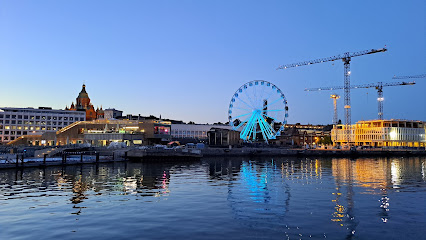
Senate Square
Discover the architectural beauty and cultural significance of Senate Square, a vibrant hub in the heart of Helsinki, Finland.
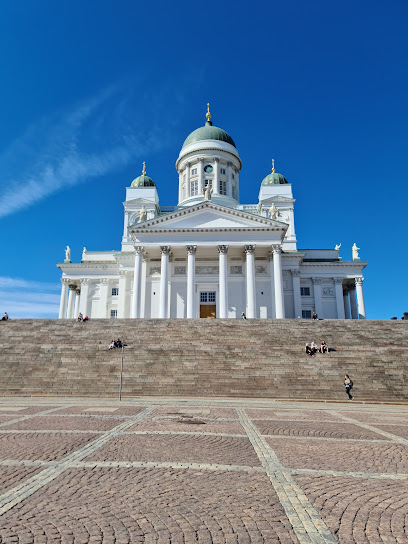
Helsinki Cathedral
Discover the architectural beauty and historical significance of Helsinki Cathedral, a must-see landmark in Finland's vibrant capital city.

Uspenski Cathedral
Discover the breathtaking beauty of Uspenski Cathedral, a stunning Orthodox gem in Helsinki, rich in history and architectural splendor.
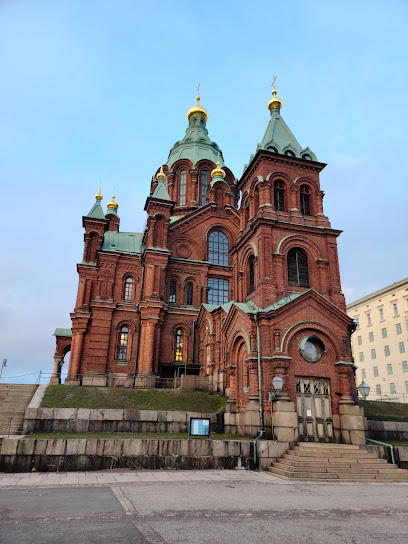
SkyWheel Helsinki
Discover Helsinki's skyline like never before from the heights of the SkyWheel, a stunning Ferris wheel offering breathtaking views and unforgettable experiences.
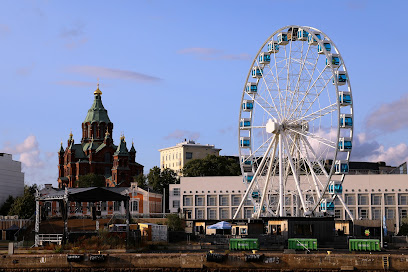
Allas Sea Pool
Experience the ultimate relaxation at Allas Sea Pool, Helsinki's urban oasis featuring heated pools, saunas, and stunning views of the Baltic Sea.

Flying Cinema Tour Of Helsinki
Discover the breathtaking views of Helsinki like never before with the Flying Cinema Tour, an exhilarating blend of cinema and stunning landscapes.
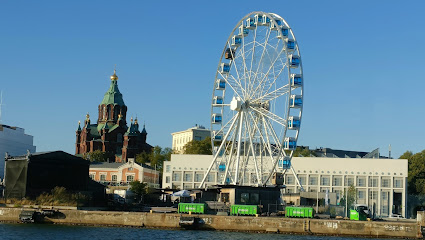
Wanha Satama
Discover Wanha Satama, Helsinki’s historic waterfront venue, bursting with cultural events, stunning views, and vibrant community experiences.
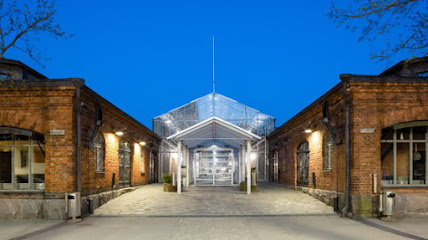
Katajanokka Terminal
Explore the stunning Katajanokka Terminal in Helsinki, your gateway to the Baltic, blending modern design with historical charm and easy access to attractions.
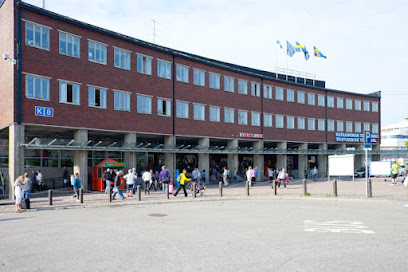
Skatuddens Terminal
Discover the beauty of Helsinki's archipelago from Skatuddens Terminal, your gateway to stunning islands and unforgettable adventures.
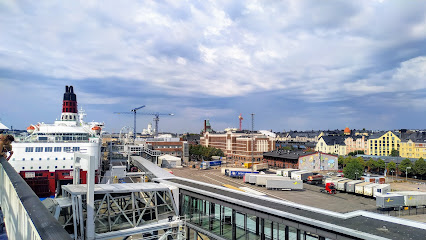
Tove Jansson Park
Explore Tove Jansson Park, a tribute to creativity and nature in the heart of Helsinki, perfect for relaxation, play, and artistic inspiration.
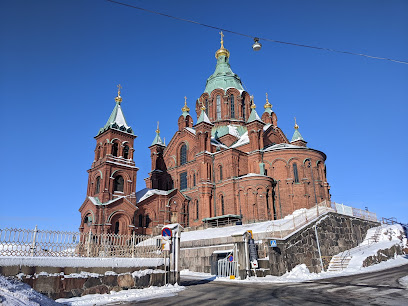
Statue of Peace
Discover the Statue of Peace in Helsinki, a stunning sculpture symbolizing international friendship and harmony among nations.
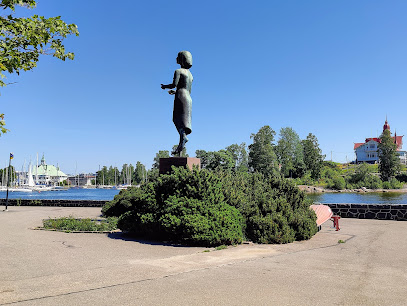
Tsarina's Stone
Explore Tsarina's Stone in Helsinki - a stunning monument celebrating Finland's rich history and artistic heritage.
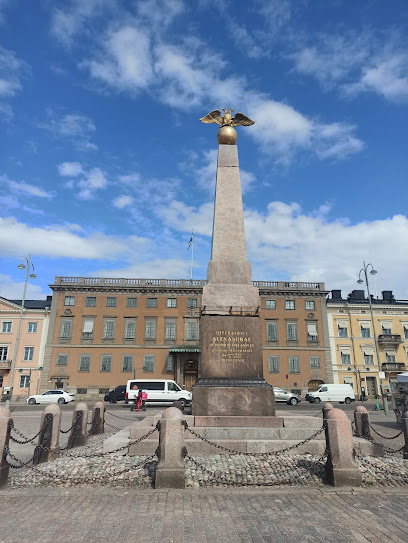
National Memorial to the Winter War
Explore the National Memorial to the Winter War in Helsinki, a poignant tribute to Finland's resilience and bravery during wartime.
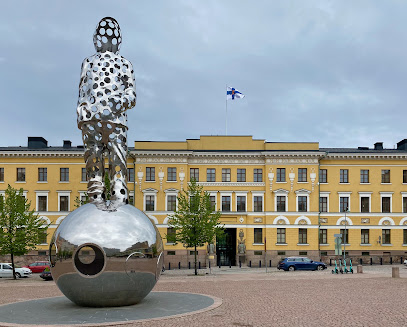
Katajanokka
Discover Katajanokka, Helsinki's charming ferry terminal offering stunning views, island access, and a vibrant atmosphere perfect for tourists.
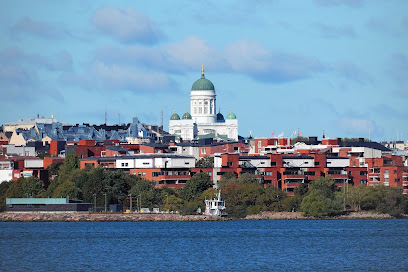
Unmissable attractions to see
Temppeliaukio Church
Discover the breathtaking Temppeliaukio Church in Helsinki, a stunning blend of natural rock and modern architecture, offering tranquility and unique acoustics.
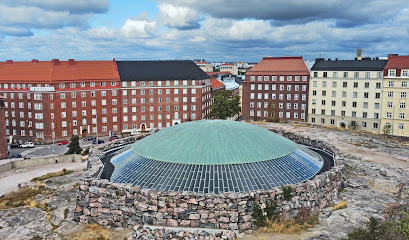
SkyWheel Helsinki
Discover breathtaking views of Helsinki from the SkyWheel, a captivating Ferris wheel offering a unique perspective of the Finnish capital's landscape.
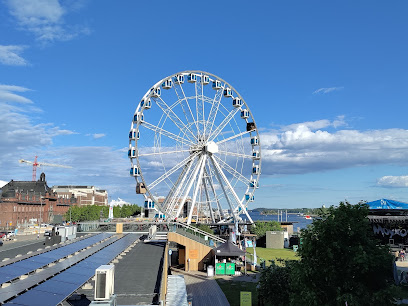
Flying Cinema Tour Of Helsinki
Discover Helsinki's stunning sights from above at the Flying Cinema Tour, an unforgettable experience blending adventure and culture.

Tove Jansson Park
Explore Tove Jansson Park in Helsinki, a tranquil city park filled with whimsical sculptures celebrating the beloved Moomin author and artist.
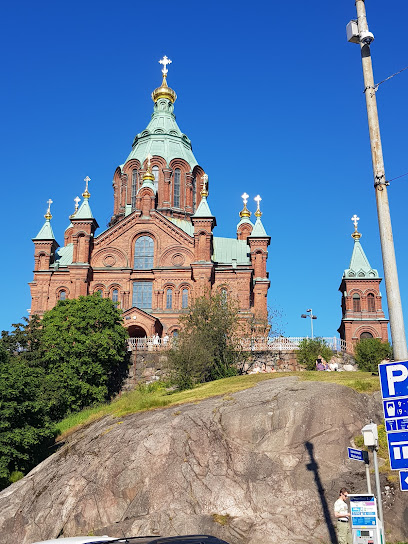
The Shipwrecked
Discover The Shipwrecked in Helsinki, an evocative sculpture that narrates tales of survival and maritime history, set in a vibrant urban landscape.
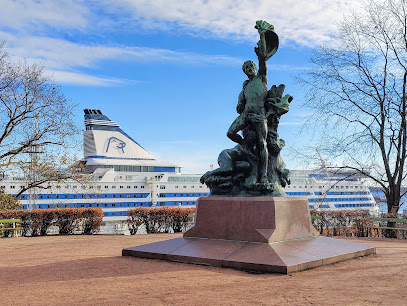
Essential places to dine
Ravintola Nokka
Experience the best of Finnish cuisine at Ravintola Nokka, where local ingredients meet innovative culinary artistry in Helsinki.
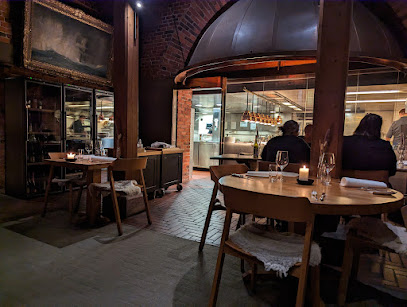
Restaurant Shelter
Discover exquisite dining at Restaurant Shelter in Helsinki – where modern cuisine meets breathtaking waterfront views.
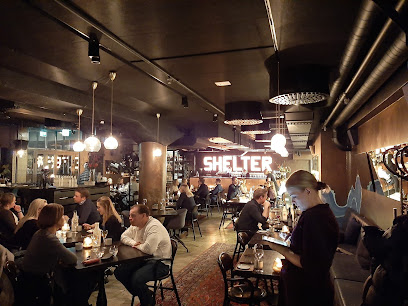
Restaurant Everest Katajanokka
Experience authentic Himalayan cuisine at Restaurant Everest Katajanokka in Helsinki - a culinary gem that delights every palate.
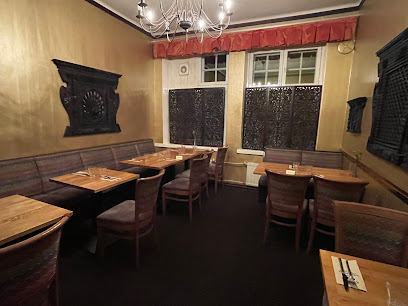
Allas Restaurants
Experience Helsinki's vibrant culinary scene at Allas Restaurants with stunning waterfront views, live music, and exceptional Scandinavian cuisine.
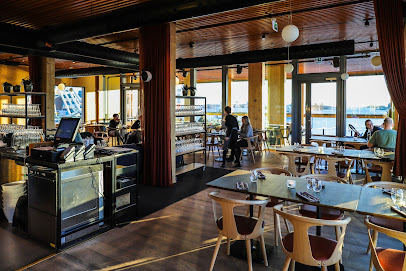
Restaurant Locanda Scappi
Experience authentic Italian cuisine at Locanda Scappi in Helsinki – where tradition meets contemporary flair in every dish.
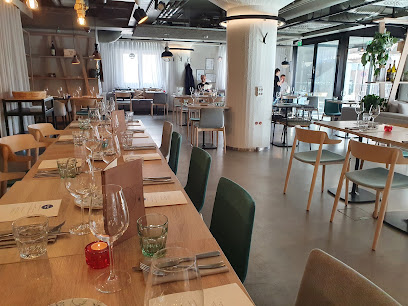
Restaurant Wellamo
Experience authentic Finnish cuisine at Restaurant Wellamo in Helsinki – where local flavors meet inviting atmosphere.
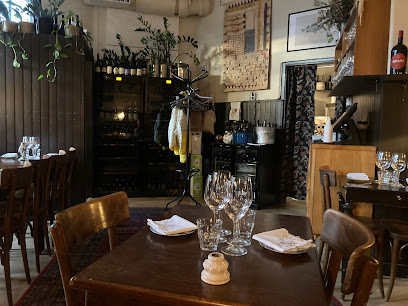
Foods & Co - SeanMan
Experience the best of Finnish and international cuisine at Foods & Co - SeanMan in Helsinki, where every dish tells a story.

Restaurant Linnankellari
Experience authentic Finnish cuisine at Restaurant Linnankellari in Helsinki - where tradition meets taste in a charming setting.

Restaurant Fly Fusion
Experience the fusion of flavors at Restaurant Fly Fusion in Helsinki - where local ingredients meet innovative cuisine in a cozy setting.
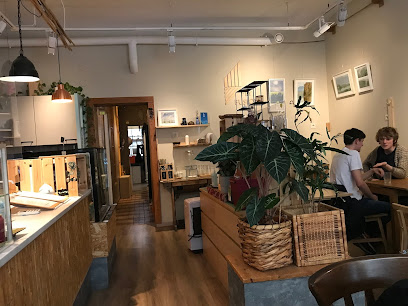
Ravintola Makasiini & Bar
Experience authentic Finnish cuisine at Ravintola Makasiini & Bar while enjoying stunning harbor views in Helsinki.
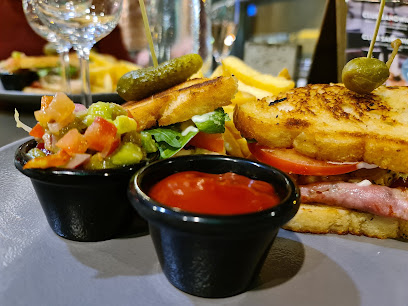
Markets, malls and hidden boutiques
Finnska Souvenirs - Sauna Boutique
Discover authentic Finnish gifts and sauna essentials at Finnska Souvenirs / Sauna Boutique in the heart of Helsinki.
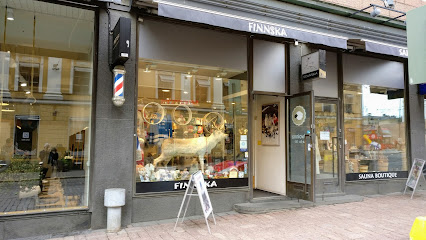
Okra Shop
Explore Okra Shop, Helsinki's premier destination for unique handcrafted art and crafts by local artists that capture the essence of Finnish creativity.
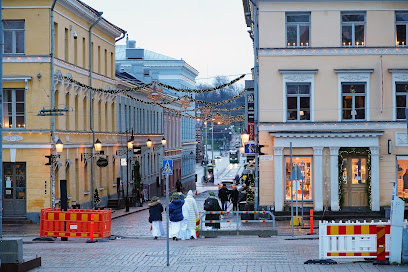
Reindeer Souvenirs Shop & Kiosk
Discover authentic Finnish souvenirs at the Reindeer Souvenirs Shop & Kiosk, where tradition meets craftsmanship in the heart of Helsinki.
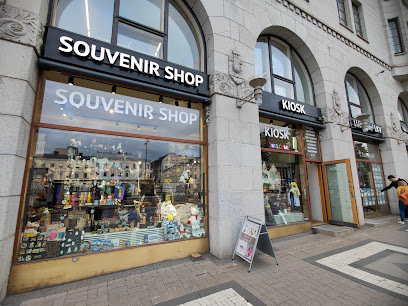
CraftCorner Helsinki
Discover the magic of Finnish craftsmanship at CraftCorner Helsinki – a unique blend of store, art gallery, and creative workshop.
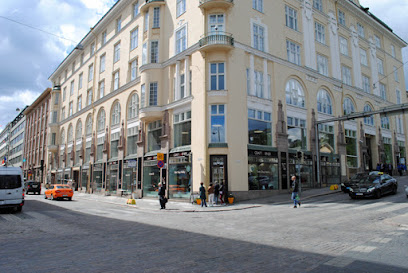
Aarreholvi
Discover Aarreholvi, Helsinki's boutique treasure, where unique fashion and local artistry intertwine for an unforgettable shopping experience.
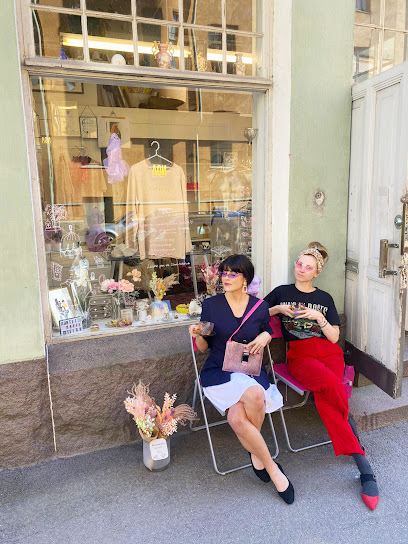
Nordic Design and Handcraft Shop Käspaikka
Explore the charm of Nordic design at Käspaikka, where every handcrafted piece tells a story of Finnish artistry and culture.
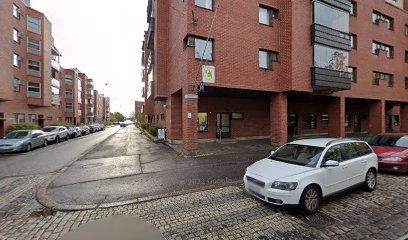
Live Love Helsinki
Explore Live Love Helsinki for stylish apparel that embodies Finnish culture and modern design, perfect for tourists seeking unique fashion treasures.
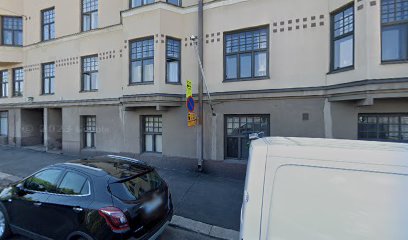
Urban Concept
Explore the finest in Finnish design and craftsmanship at Urban Concept, your premier shopping destination in Helsinki.
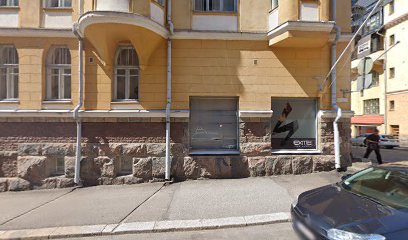
Edition Wilhelm Hansen Helsingfors Ab
Explore the exquisite collection of fashion accessories at Edition Wilhelm Hansen Helsingfors Ab, a must-visit boutique in Helsinki's vibrant shopping scene.
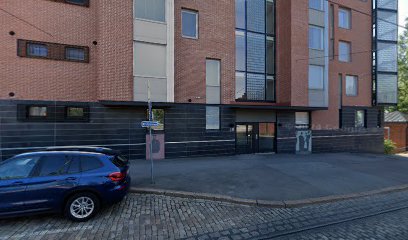
Street West
Explore the charm of Helsinki through unique vintage fashion at Street West, a must-visit destination for vintage lovers in Finland.

Essential bars & hidden hideouts
Holiday Bar
Discover the lively ambiance of Holiday Bar, where exceptional cocktails meet stunning waterfront views in the heart of Helsinki.
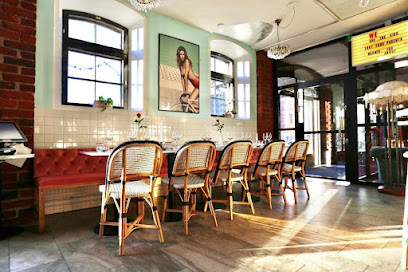
SKÖNE
Discover SKÖNE, a trendy bar in Helsinki offering a vibrant atmosphere and a diverse selection of drinks in a stunning waterfront location.
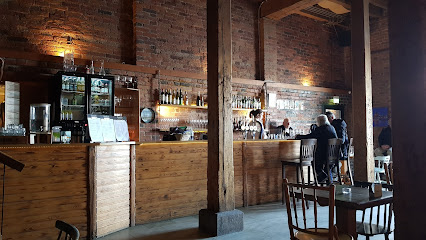
Poseidon
Experience the vibrant nightlife at Poseidon, a nautical-themed bar in Helsinki offering a wide selection of drinks and a lively atmosphere.
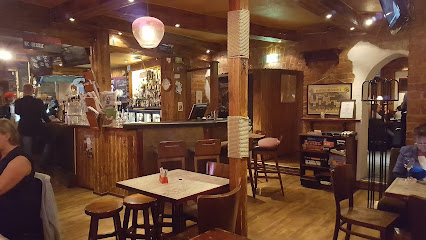
Kork Bar
Discover Kork Bar: A vibrant Helsinki bar with stunning waterfront views, extensive drink selection, and a lively atmosphere perfect for tourists.
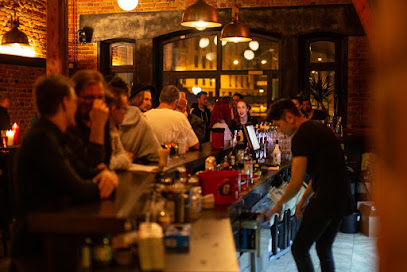
The PALM
Experience the dynamic nightlife of Helsinki at The PALM, a vibrant bar and event venue offering exquisite drinks and unforgettable events.
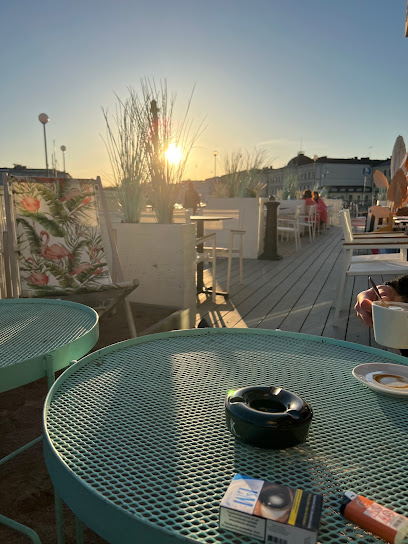
Beaky Basterd & Co
Discover Beaky Basterd & Co, a vibrant Helsinki bar known for its delicious drinks, lively atmosphere, and exceptional service, perfect for a night out.
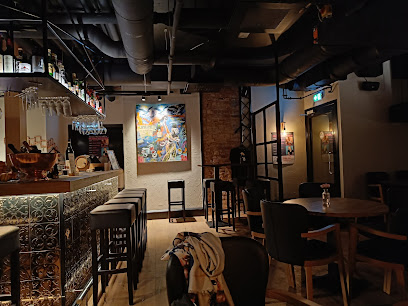
Pub Vapari
Experience Finnish hospitality at Pub Vapari, a cozy bar in Helsinki offering a wide selection of local and international drinks.
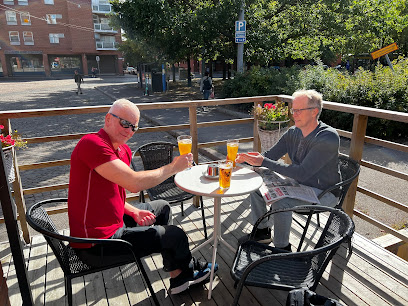
Island-K Bar&Kitchen
Discover the charm of Island-K Bar & Kitchen, a cozy spot in Helsinki offering delightful drinks, local flavors, and stunning waterfront views.
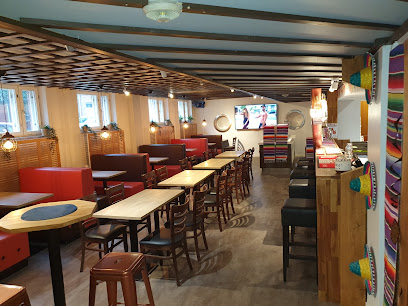
Velvet Bar
Experience the vibrant nightlife of Helsinki at Velvet Bar, a stylish waterfront destination known for its exquisite cocktails and lively atmosphere.
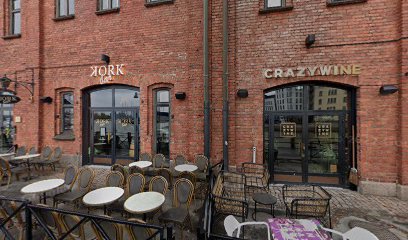
Madame Clicquot Champagne Bar
Experience the elegance of Madame Clicquot Champagne Bar in Helsinki, where exquisite bubbles meet stunning waterfront views for an unforgettable ambiance.
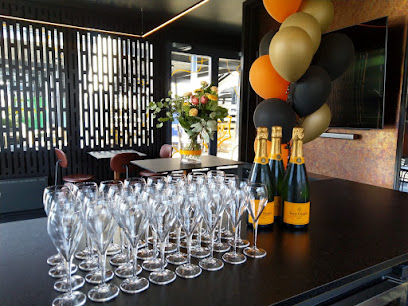
Local Phrases
-
- HelloHei
[hay] - GoodbyeNäkemiin
[nah-keh-meen] - YesKyllä
[kuu-lah] - NoEi
[ay] - Please/You're welcomeOle hyvä
[oh-le huu-vaa] - Thank youKiitos
[kee-tohs] - Excuse me/SorryAnteeksi
[ahn-tehk-see] - How are you?Kuinka voit?
[kween-kah voyt] - Fine. And you?Hyvin. Entä sinä?
[huu-vin. en-tah see-nah] - Do you speak English?Puhutko englantia?
[poo-hoot-koh eng-lahn-tee-ah] - I don't understandEn ymmärrä
[ayn um-mahr-rah]
- HelloHei
-
- I'd like to see the menu, pleaseHaluan nähdä ruokalistan, kiitos
[hah-lu-ahn nad-ah ruu-oh-kah-lee-stahn, kee-tohs] - I don't eat meatEn syö lihaa
[ayn syu lee-hah] - Cheers!Kippis!
[kip-pis] - I would like to pay, pleaseHaluaisin maksaa, kiitos
[hah-lu-ah-sin mahk-sah, kee-tohs]
- I'd like to see the menu, pleaseHaluan nähdä ruokalistan, kiitos
-
- Help!Apua!
[ah-poo-ah] - Go away!Mene pois!
[meh-neh poh-ees] - Call the Police!Soita poliisille!
[soi-tah poh-lee-see-leh] - Call a doctor!Soita lääkärille!
[soi-tah lah-kah-ree-leh] - I'm lostOlen eksyksissä
[oh-lehn ehk-syk-sis-sah] - I'm illOlen sairas
[oh-lehn sai-rahs]
- Help!Apua!
-
- I'd like to buy...Haluan ostaa...
[hah-lu-ahn ohs-tah] - I'm just lookingKatson vain
[kaht-sohn vain] - How much is it?Paljonko se maksaa?
[pahl-yohn-koh seh mahk-sah-ah] - That's too expensiveSe on liian kallis
[seh ohn lee-ahn kahl-lis] - Can you lower the price?Voisitko laskea hintaa?
[voy-see-t-koh lahs-kah hint-ah]
- I'd like to buy...Haluan ostaa...
-
- What time is it?Mitä kello on?
[mee-tah kell-oh ohn] - It's one o'clockOn yksi
[ohn uh-keese] - Half past (10)Puoli (10)
[poo-oh-lee (10)] - MorningAamu
[ah-moo] - AfternoonIltapäivä
[eel-tah-pah-ee-vah] - EveningIlta
[eel-tah] - YesterdayEilen
[ay-lehn] - TodayTänään
[tah-nahn] - TomorrowHuomenna
[hoo-mehn-nah] - 1Yksi
[uh-keese] - 2Kaksi
[kahk-see] - 3Kolme
[kohl-meh] - 4Neljä
[nehl-yah] - 5Viisi
[vee-see] - 6Kuusi
[kuu-see] - 7Seitsemän
[sayt-seh-mahn] - 8Kahdeksan
[kah-dehk-sahn] - 9Yhdeksän
[uh-dehk-sahn] - 10Kymmenen
[kuum-meh-nen]
- What time is it?Mitä kello on?
-
- Where's a/the...?Missä on...?
[mis-sah ohn] - What's the address?Mikä on osoite?
[mee-kah ohn oh-soi-teh] - Can you show me (on the map)?Voitko näyttää minulle (kartalla)?
[voyt-koh nayt-tah mih-nuul-leh (kar-tahl-lah)] - When's the next (bus)?Milloin seuraava (bussi)?
[meel-loin seh-ur-ah-vah (boos-see)] - A ticket (to ....)Lippu (jonnekin)
[lee-poo (yon-ne-keen)]
- Where's a/the...?Missä on...?
History of Katajanokka
-
Katajanokka's history as a place of settlement dates back to the 16th century when it served as a vital maritime area for Helsinki. Located on a peninsula, its proximity to the sea made it a strategic location for trade and defense, which shaped its early development. The construction of the first wooden buildings began in the 18th century, laying the foundation for the neighborhood's growth.
-
With Helsinki becoming the capital of Finland in 1812, Katajanokka experienced significant urban development under the Russian Empire. The area was transformed with the construction of neoclassical buildings and military fortifications, reflecting the imperial architectural style. This period marked the beginning of Katajanokka’s evolution into an affluent residential district.
-
The late 19th century saw Katajanokka flourish as a fashionable neighborhood. Notable architects such as Carl Ludwig Engel and Eliel Saarinen contributed to its distinctive architectural style, characterized by Jugendstil (Art Nouveau) influences. The construction of residential buildings and public spaces, like the Katajanokka Church, showcased the neighborhood's cultural and aesthetic aspirations during this period.
-
In the early 20th century, Katajanokka's port facilities expanded, supporting increased maritime trade and industry. This development brought economic vitality to the area but also led to a shift in its character as industrial activities became more prominent. The presence of shipping companies and warehouses reshaped the neighborhood's landscape.
-
During World War II, Katajanokka's strategic location made it a focal point for military operations. Following the war, the neighborhood underwent significant reconstruction as damaged buildings were repaired or replaced. This post-war era also saw the rise of modernist architecture, which introduced new design philosophies and changed the visual identity of the area.
-
In the late 20th and early 21st centuries, Katajanokka experienced a cultural revival and gentrification. The transformation of former industrial sites into residential and commercial spaces attracted new residents and businesses. Today, the neighborhood is known for its vibrant atmosphere, blending historical charm with contemporary urban living, appealing to both locals and tourists.
Katajanokka Essentials
-
Katajanokka is easily accessible from various parts of Helsinki. From the city center, you can take trams 4 or 5, which provide a scenic route to the area. Bus lines 20 and 21 also service Katajanokka. If you're arriving from Helsinki-Vantaa Airport, the Finnair City Bus or a taxi can take you directly to the city center, from where you can switch to public transport to reach Katajanokka.
-
Katajanokka is best explored on foot, as many attractions are within walking distance. Public transport options include trams and buses, which are reliable and frequent. Bicycles can be rented from local shops or through the city’s bike-sharing system. Note that some areas, especially near the waterfront, may have limited access for vehicles.
-
Katajanokka is generally a safe neighbourhood for tourists. However, standard precautions should still be taken. Avoid poorly lit areas at night and keep your belongings secure, especially in crowded spots. While there are no specific high-crime areas targeting tourists, it is always wise to remain vigilant, particularly in areas that are less populated.
-
In case of an emergency, dial 112 for assistance. This number connects you to emergency services, including police, fire, and medical assistance. Familiarize yourself with the location of the nearest hospital or health clinic, and ensure you have travel insurance that covers emergencies while in Finland.
-
Fashion: Do dress appropriately for the weather, as it can change quickly. Don't wear overly casual attire when visiting upscale restaurants. Religion: Do respect local customs, especially in religious sites. Don't take photos in places where it is prohibited. Public Transport: Do validate your ticket before boarding. Don't eat or drink on public transport. Greetings: Do greet with a smile and a firm handshake. Don't use overly familiar language unless invited. Eating & Drinking: Do enjoy local seafood and try traditional Finnish dishes. Don't waste food; it is considered disrespectful.
-
To experience Katajanokka like a local, visit the nearby Market Square (Kauppatori) for fresh produce and local delicacies. Engage with local cafes and enjoy the vibrant atmosphere. For a unique experience, consider taking a sauna at one of the local spots, as this is a cherished Finnish tradition. Additionally, explore the architecture of the neighbourhood, especially the beautiful Art Nouveau buildings and the iconic Uspenski Cathedral.
Trending Landmarks in Katajanokka
Nearby Cities to Katajanokka
-
Things To Do in Espoo
-
Things To Do in Porvoo
-
Things To Do in Tallinn
-
Things To Do in Lahti
-
Things To Do in Rakvere
-
Things To Do in Rapla
-
Things To Do in Paide
-
Things To Do in Turku
-
Things To Do in Haapsalu
-
Things To Do in Tampere
-
Things To Do in Jõhvi
-
Things To Do in Kärdla
-
Things To Do in Pärnu
-
Things To Do in Viljandi
-
Things To Do in Tartu








